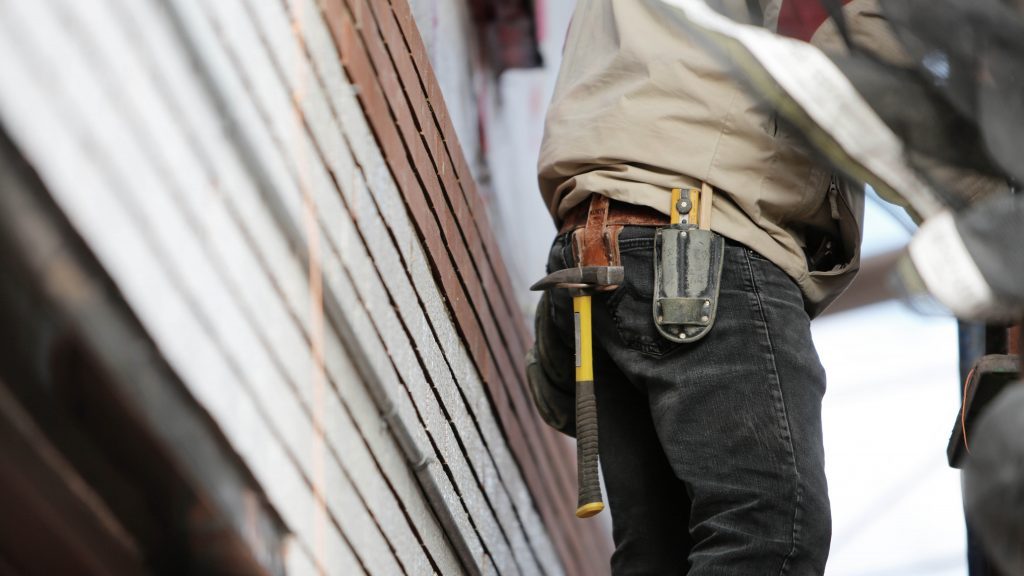Canada faces a grey tsunami as those born after the Second World War increasingly access the public health care system. The key to handling this issue may be building housing that simultaneously reduces the volume of patients seeking admission to hospitals and provides accommodation better suited to the needs of patients ready to leave hospitals.
So says the new report “Rx to Cure Hallway Medicine: Building Targeted Housing for Ontario’s Seniors,” commissioned by the Residential and Civil Construction Alliance of Ontario, which suggests that the solution lies beyond the doors of hospitals. It addresses the challenging issue of hallway medicine — the problem of over crowding in many of Ontario’s hospitals.
The report makes four recommendations:
- Ontario’s public investment focus should be on building seniors’ accommodation to avoid hospital admissions and to reduce the length of hospital stays.
- Wherever practical and medically sound, chronic disease should be treated in the home and in the community, rather than in hospitals.
- Ontario must work with municipalities to free up suitable land assets for seniors’ housing and adjust land-use planning objectives to produce a range of seniors’ housing.
- Use tax and pension policies to generate more seniors’ housing.
Hospitals across Ontario and Canada are already crowded. Many patients in emergency rooms or admitted to hospital have long-term or chronic illnesses. After treatment, these patients are discharged, preferably if there is suitable and safe accommodation where their recovery and their chronic diseases can be monitored and managed.
Unlike past generations, most Canadians now look to long-term care subsidized by provincial governments as the accommodation of choice for the frail elderly or those suffering with severe, often multiple chronic illnesses, or those requiring palliative care. Building more hospitals, long-term care homes, palliative care wards in hospitals, and similar infrastructure for a whole generation of baby boomers will place tremendous fiscal pressures on governments.
Even with government commitments to do more, current trends will overwhelm our traditional approaches to health care delivery. Now consuming half of Ontario’s budget, health care will certainly add to the province’s deficits and debt over time. With the impact of demographic trends, emerging medical technology and pharmacare, these health care costs will continue to rise.
We must embrace the principle of the right treatment, by the right provider, in the right place, at the right time, for the lowest cost to the taxpayer.
In response, the report recommends delivering more seniors’ housing and treating chronic disease, including mental illness, in the home and the community as much as possible. Evidence shows it achieves better health outcomes, while being far less expensive and more time-responsive than costly institutional alternatives. In this case, “good medicine” represents good fiscal policy.
Our infrastructure investments and funding policies should anticipate, facilitate and support those right choices. It will mean more contemporary digital support in the home and community for diagnostics and condition-monitoring, managing prescribed therapies and social-services interventions, and adhering to medication protocols and medical-appointment schedules.
A cost-effective solution to the “bed blocker” issue will be to create a network of alternative accommodation outside the hospital environment. In fact, some hospitals are already ensuring that transitional care options are available. Residences can be built faster and operated at a fraction of the cost of conventional hospital accommodation, especially with government-funded home and community care services. Respite care can also be offered to reduce the incentive to resort to long-term care or hospital admission.
Shortly after RCCAO released its report, Health Minister Christine Elliott announced that she would be improving the staffing model to ensure that there are more registered nurses in long-term care homes and said that “reactivation care centres” would also help to free up hospital beds. While the Ministry’s plans lend credibility to RCCAO’s claim that much of the solution to hallway medicine lies beyond hospital-building, RCCAO’s report proposes a more comprehensive housing strategy.
Both private-sector and public-sector involvement will be needed to make such a niche seniors housing market viable, including market signals to encourage it, by all levels of government, and probably a greater financial contribution from those who benefit and who do not require open-ended taxpayer support.
We will always need hospitals to provide complex care and surgery, and to do medical research and education. But hospitals should not be the primary, front-line providers of health care services for patients dealing with chronic disease, minor or recurrent medical episodes, or recuperating from hospital-based medical or surgical procedures.
Meeting the objective of a more integrated health care system will translate to less emphasis on hospitals, and more attention to community health facilities of various kinds. A patient-centric approach to the provision of housing and social services is paramount to facilitate this challenging transition.
Michael Fenn is a senior advisor at StrategyCorp and a former deputy minister under three premiers. Andy Manahan is the executive director of the Residential and Civil Construction Alliance of Ontario. Their report is available at rccao.com. Send comments and Industry Perspectives Op-ed ideas to editor@dailycommericalnews.com.











Just one proviso – All this housing for seniors must be universal design (fully accessible) so anyone of any ability can live there.
As of 2017, Statistics Canada reported that 22% of Canadians had a disability. With our aging population, this is higher now.